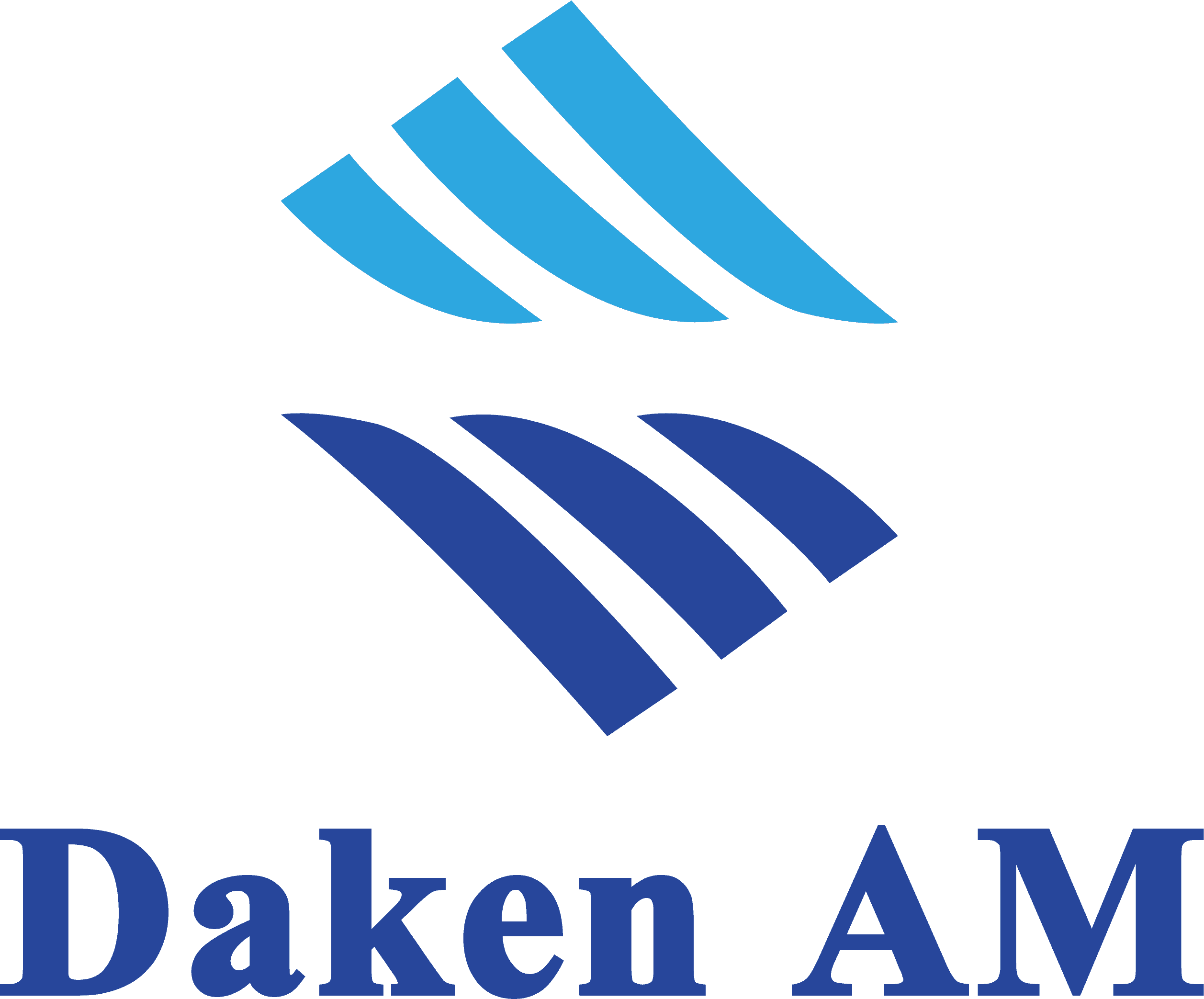| Shanghai Daken Advanced Materials Co.,Ltd | |
|---|---|
| Country: | China |
| Tel: | +8637166670886 |
| E-mail: | info@dakenam.com |
| QQ: | 1690700875 |
| Skype: | Chat Now! |
N-Octadecylsilane,CAS NO.:18623-11-5
Release time: 2025-01-06
Description of N-Octadecylsilane(CAS NO.:18623-11-5)
N-Octadecylsilane(CAS NO.:18623-11-5) is an organosilicon compound with a molecular formula of C18H40Si and a molecular weight of 284.6. It is a white solidified mass or fragmented substance with a low density and specific melting and boiling points. Octadecylsilane is sensitive to hydrolysis, especially when reacting with alkali in aqueous solution..
Main application of N-Octadecylsilane(CAS NO.:18623-11-5)
N-Octadecylsilane(CAS NO.:18623-11-5) can be used in the synthesis of organosilicon materials, especially in the preparation of polysiloxane materials. It can also be used as an analytical standard, a reagent in chemical synthesis, and an organometallic reagent..
1. Product Name:N-Octadecylsilane
2. CAS NO.:18623-11-5
3. Molecular Formula:C18H40Si
4.Introduction of N-Octadecylsilane:
|
Product Name |
N-Octadecylsilane |
|
CAS NO. |
18623-11-5 |
|
Boiling point,℃ |
195℃ |
|
Melting point,℃ |
29℃ |
|
Appearance |
liquid |
|
Color |
Colorless |
|
Density |
0.795 g/mL at 25 °C |
|
Sensitiveness |
Moisture Sensitive |
5.Synthesis method:
Regarding the synthesis method of octadecylsilane, the literature mentions the research progress of using metal nanomaterials to catalyze the polymerization of long-chain alkylsilane to synthesize polysiloxane.
For example, precious metal nanoparticles of gold can directly catalyze the monomer C18H37SiH3, and polysiloxane nanowires, nanofilaments, and nanotubes were obtained in the reflux digestion experiment of octadecylsilane and a small amount of water.
In this process, when the three Si-H in C18H37SiH3 contact the catalyst surface, Si-H breaks and Au-Si bonds are generated at the same time. Since the Au-Si bond is very weak, it is easily attacked by water molecules to further generate RSi(OH)x, which then polymerizes with each other to form Au/polysiloxane hybrid products.
In addition, nanosilver particles have also been used to catalyze the polymerization of C18H37SiH3 to obtain polysiloxane/nanosilver particle hybrid microspheres.
Editor:Jack Chen
Email: jack.chen@dakenchem.com
Website:www.dakenchem.com
Daken Chemical Limited.

